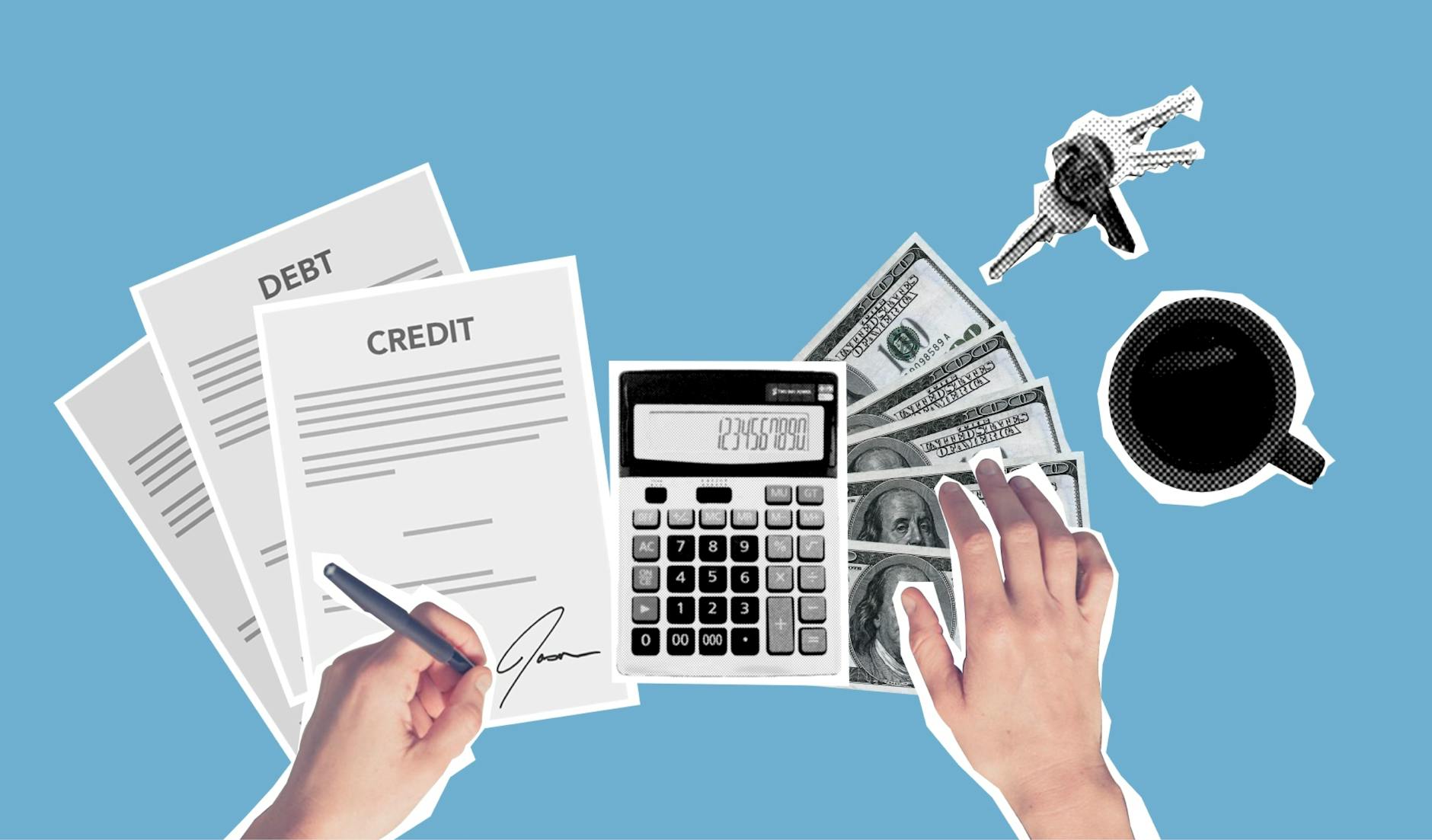Student loan debt is a reality for millions in the U.S., but knowing when it becomes too much can be confusing. With the total student debt hitting around $1.77 trillion and average balances climbing above $38,000 for many borrowers, understanding what’s manageable and what’s overwhelming is critical.
Let's break down what counts as "too much" student loan debt and how you can gauge your own situation.
Why Student Loan Debt Can Be Overwhelming
Student loans don’t disappear after graduation. You’re expected to repay them, often for 10 years or more. If your monthly payments start to swallow a big chunk of your paycheck, your debt might be too big to handle.
The key problem is this: high debt with low income causes stress, delays life goals like buying a home, or saving for retirement. It also limits your ability to invest in yourself or your family.

Photo by Monstera Production
Average Debt Levels Versus Reality
In 2024, the average federal student loan debt for U.S. borrowers was about $38,375. For recent graduates, the loan amount can vary widely:
- Public university grads average around $31,960
- Graduate/professional degrees often push debt above $50,000
- Medical or law degrees can exceed $100,000
Students with private loans or refinancing usually carry a little more on average, closer to $41,618.
Signs Your Student Loan Debt May Be Too High
Assessing your debt isn't just about the total number. These signs suggest your student loans might be too much:
- Monthly payments eat up more than 10-15% of your gross income.
Experts suggest keeping loan payments below that threshold to avoid financial strain. - You struggle with essentials like rent, utilities, groceries, or insurance after paying loans.
- Your debt pile keeps growing because you can’t pay more than the interest.
- You delay big life decisions like buying a home, starting a family, or saving for retirement.
- You’re bouncing between deferment, forbearance, or default because payments feel unmanageable.
Understanding Your Debt-to-Income Ratio
One concrete way to evaluate if your debt is manageable is the debt-to-income (DTI) ratio. It’s the share of your income spent on debt payments.
- A DTI under 15% for student loans is generally safe.
- If it climbs above 20%, your budget may feel tight.
- Over 30% is risky and can harm your credit.
Lenders use similar ratios to decide if you qualify for other loans like mortgages or car loans. High student debt hurts your ability to borrow later.
When Large Debt Can Still Work Out
Sometimes, big debt isn’t a warning sign. If your degree leads to a high-paying job, the debt may be a smart investment.
For example:
- Medical doctors or lawyers often carry over $200,000 in debt but start careers earning well over $100,000.
- Advanced degrees with strong career prospects can justify higher borrowing.
The trick is to be realistic. You must have a plan to handle payments comfortably—not just hope for the best.
Tips to Avoid Taking on Too Much Debt
No one wants to drown in student loans. Here are some steps to keep debt in check:
- Choose affordable schools first. Public universities and community colleges cost less.
- Apply for scholarships and grants aggressively. They don’t need repaying.
- Borrow only what you need, not the full offer. Every dollar borrowed means more debt later.
- Consider income-based repayment plans when you graduate.
- Work during school if possible to reduce borrowing.
- Keep track of all your loans in one place to avoid surprises.
Facing Existing High Debt? What to Do Now
If you already owe large sums, there are options to manage the load:
- Explore income-driven repayment plans. They adjust your monthly amount based on income.
- Check for forgiveness programs. Public Service Loan Forgiveness offers relief after 10 years of qualifying payments.
- Refinance carefully if you have a stable income and good credit, but know that refinancing federal loans into private ones means losing federal protections.
- Seek advice from a financial counselor. They can help customize a plan for your financial situation.
The Bottom Line
The answer to "how much student loan debt is too much?" depends on your income, lifestyle, and goals. But if paying your loans interferes with daily living or pushes essential savings off the table, your debt is likely too high.
A good rule: Keep your loan payments below 10-15% of your gross income, and always borrow wisely with a plan to repay.
Taking on student loans is a big step. Weigh the costs and benefits carefully. It’s not just about what you owe but how you can handle the payments for years to come.
If you stay informed, plan smart, and manage your borrowings well, student loans don’t have to hold you back. They can be a tool to open doors — not chains to weigh you down.
